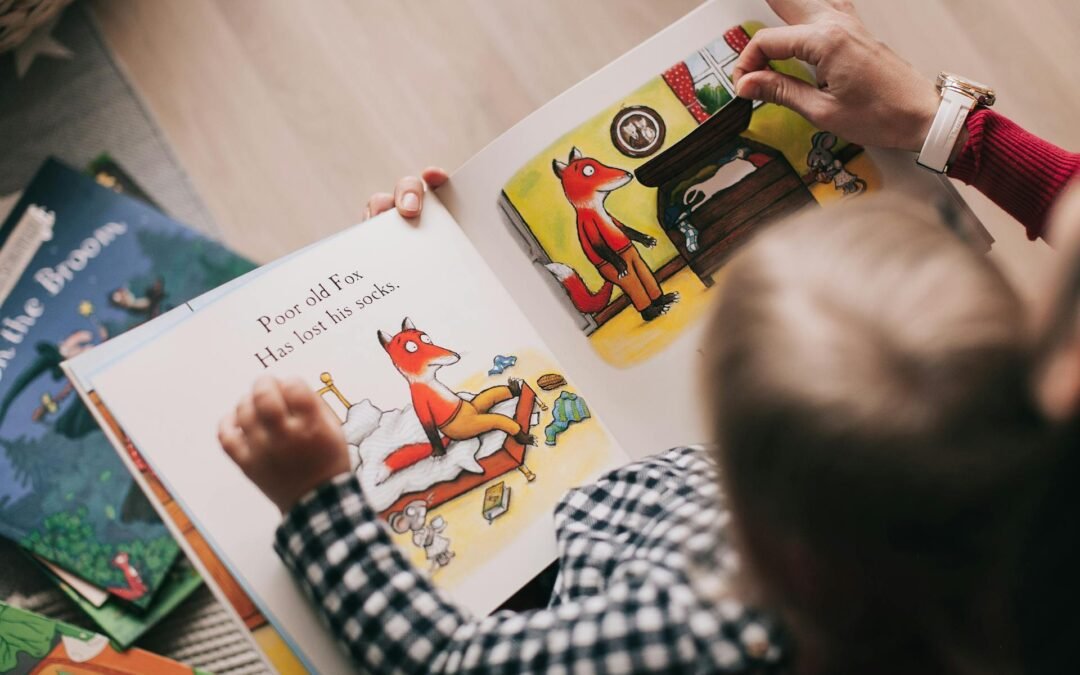Embarking on the journey of writing a children’s book is a venture filled with imagination, creativity, and the opportunity to impact young minds in profound ways. At Eddy Andrews Conceptual Copywriting, we cherish the art of storytelling and recognize the unique challenges and rewards of crafting narratives for children. Whether you’re a seasoned writer or a first-time author inspired to share your vision with the next generation, this guide will walk you through the essential steps of creating a children’s book that captivates, educates, and entertains.
Find Your Story
The first step in writing a children’s book is to find your story. What message do you want to share? What worlds do you want to create? Whether it’s a whimsical adventure, a touching tale about friendship, or a story that teaches a valuable lesson, your story should resonate with children and spark their imagination. Think about the books you loved as a child and consider what made them special. Drawing inspiration from your own experiences, dreams, and observations can lead to the most authentic and engaging stories.
Understand Your Audience
Children’s literature spans a wide range of age groups, each with different developmental stages, interests, and reading capabilities. It’s crucial to understand the specific audience you’re writing for. Picture books, for example, are typically aimed at children aged 0-6 and rely heavily on visual storytelling, while middle-grade novels cater to children aged 8-12 and can tackle more complex themes and narratives. Tailoring your language, content, and themes to suit your intended age group will make your book more accessible and enjoyable for your young readers.
Develop Memorable Characters
Children connect deeply with characters in their books, often seeing them as friends or heroes. Create characters that are relatable, lovable, and memorable. They can be children, animals, fantastical creatures, or even inanimate objects brought to life. Give them distinct personalities, challenges to overcome, and growth arcs that teach valuable lessons. Remember, the best children’s book characters inspire, teach, and entertain.
Craft a Compelling Plot
A compelling plot is the backbone of any good story. For children’s books, it’s important to keep the plot simple yet engaging, with a clear beginning, middle, and end. Introduce a problem or challenge early on, take the readers through the characters’ attempts to solve it, and conclude with a resolution that leaves the readers satisfied. Pacing is key; too slow, and you risk losing their attention, too fast, and the story may become confusing. Incorporate elements of surprise, humor, and adventure to keep young readers hooked.
Illustrate Your Story
Illustrations are a vital component of children’s books, bringing stories to life through visual art. Even if you’re not an artist, understanding the role of illustrations in your book is crucial. They should complement and enhance the narrative, adding depth to the story and helping children visualize the characters and settings. Consider working with a professional illustrator who shares your vision for the story and can translate your words into captivating images.
Revise and Edit
Like any form of writing, creating a children’s book requires careful revision and editing. Read your story aloud to ensure the language flows smoothly and is engaging for children. Pay attention to word choice, making sure it’s appropriate for your target age group. It’s also beneficial to get feedback from others, especially from parents, teachers, or children in your target age group, to ensure your story resonates and is comprehensible.
Publish Your Book
Once your manuscript and illustrations are complete, it’s time to bring your book to the world. You can choose traditional publishing, where a publishing house manages the production and distribution of your book, or self-publishing, where you retain control over the entire process. Each path has its advantages and challenges, so research and consider which option best suits your goals and resources.
Conclusion
Writing a children’s book is a rewarding endeavor that allows you to share your creativity, imagination, and values with young readers. By focusing on your story, understanding your audience, developing memorable characters, and engaging in the creative process with heart and dedication, you can create a book that entertains, educates, and inspires. At Eddy Andrews Conceptual Copywriting, we believe in the power of stories to shape minds and hearts, and we’re excited to see the magical worlds and adventures you’ll bring to life for children everywhere.

